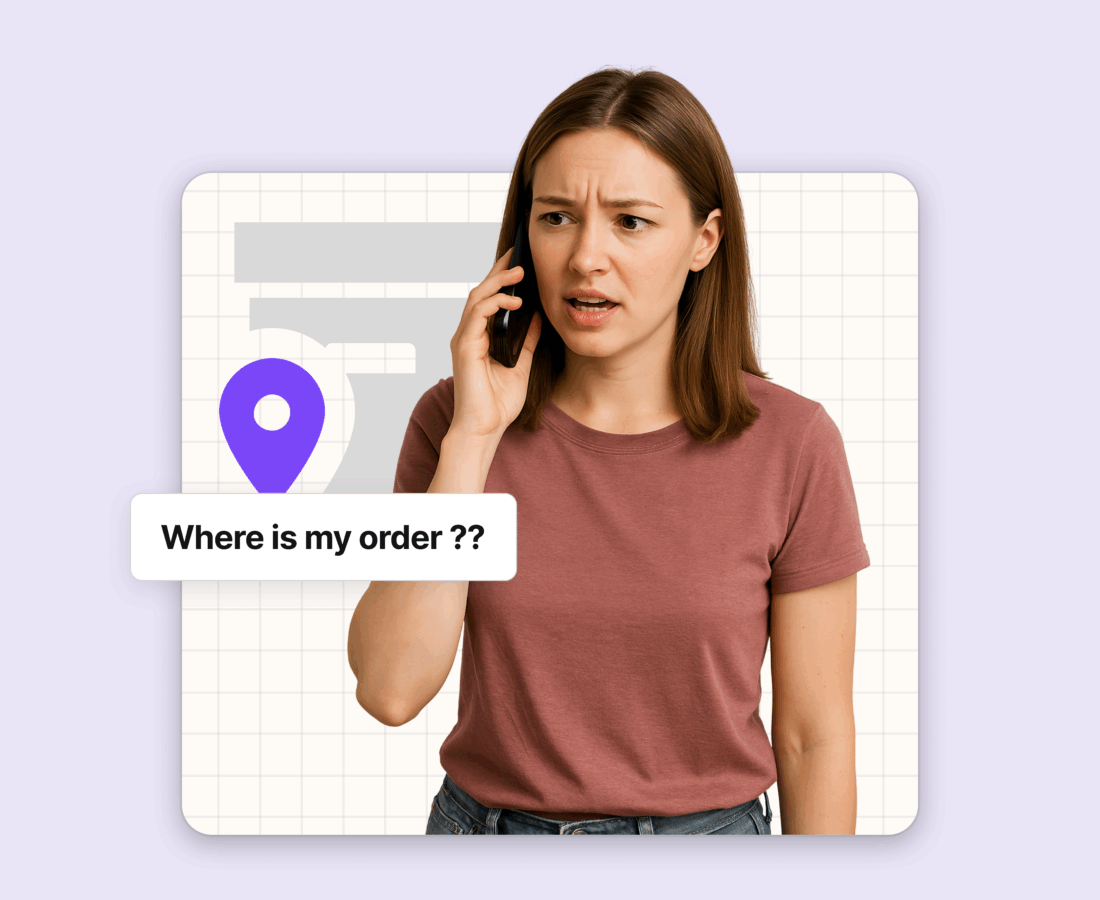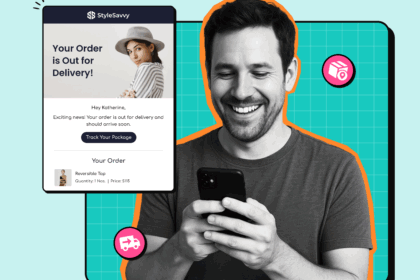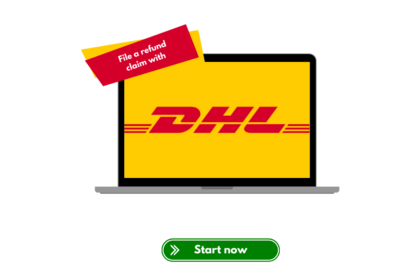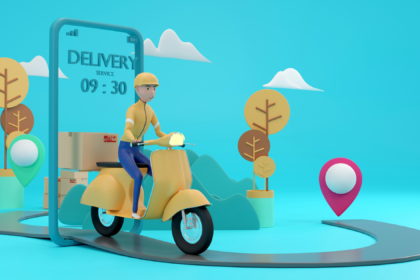You’ve done all the hard work attracting visitors to your website, getting them to add products to their cart, and guiding them through checkout. The customer is excited to try your product.
But here’s the thing: the journey doesn’t end at checkout. The post-purchase stage from order confirmation to doorstep delivery is where customer loyalty either gets built or breaks down. And when customers don’t know where their package is, your support team gets flooded with the same question over and over: “Where is my order?”
What is WISMO?
WISMO stands for “Where Is My Order?” It’s the question customer service teams know all too well. When customers feel left in the dark about their delivery whether the tracking is spotty, the delivery window is too vague, or they haven’t received any updates since checkout they reach out. These inquiries are called WISMO tickets.
Here’s a stat that probably won’t surprise you: somewhere between 20–40% of your support tickets are people asking where their order is. During holiday peaks, that number climbs even higher. And 96% of shoppers track their orders when they can, with 43% checking every single day until it arrives. That’s a lot of anxiety you’re managing.
Why WISMO inquiries happen
WISMO tickets usually boil down to one thing: customers don’t know where their package is. Maybe the tracking information is unreliable, or the estimated delivery window is so wide it’s useless. Then there are the classic delivery hiccups delays, lost packages, missed delivery attempts. Basically, if customers feel like they’re in the dark about their order’s progress, they’re going to reach out.
The real culprit? Once an order ships, most retailers hand over control to a third-party carrier that may not share the same commitment to customer experience. That gap in communication creates anxiety, and anxiety creates tickets.
The real cost of WISMO
Let’s talk about money. If you’re handling 10,000 support tickets a month and 30% are order-status questions, that’s 3,000 tickets. At roughly $22 per ticket (a conservative industry benchmark), you’re spending $66,000 monthly just answering “where is it?”
But it gets worse. Every unanswered question or vague tracking update chips away at customer satisfaction. Research shows that 32% of customers will stop shopping with a brand after just one bad experience. Frustrated customers don’t just cost you this sale they cost you the next one.
The flip side? Deflect even 40% of those WISMO tickets and you save $26,000 a month. Plus you get happier customers who aren’t left wondering if their package fell into a black hole.
What customers actually want
Shoppers don’t care about your fastest shipping option as much as they care about knowing when their order will actually show up. Research shows they’d rather have an accurate delivery date than a promise of “2-day shipping” that lands on day four with no explanation.
They want updates that meet them where they are:
Email works for summaries. Order confirmations, shipping notifications, daily digests all good email material.
SMS and WhatsApp are for right-now moments. Out for delivery. Delay detected. Missed delivery attempt. These need to hit fast and hit mobile because that’s where people are when they’re tracking obsessively. WhatsApp adoption keeps climbing globally, especially outside the US. If your customers are there, you should be too just make sure you’re following opt-in rules and template requirements.
How to reduce WISMO tickets
WISMO inquiries are inevitable, but you can dramatically reduce them. Here’s how:
1. Set clear delivery expectations from the start
Be transparent about delivery timelines right at checkout and in your order confirmation emails. Use historical shipping data and carrier performance insights to provide accurate estimates. If a carrier tends to experience delays during peak season, adjust your estimates accordingly. The more honest you are upfront, the fewer questions you’ll get later.
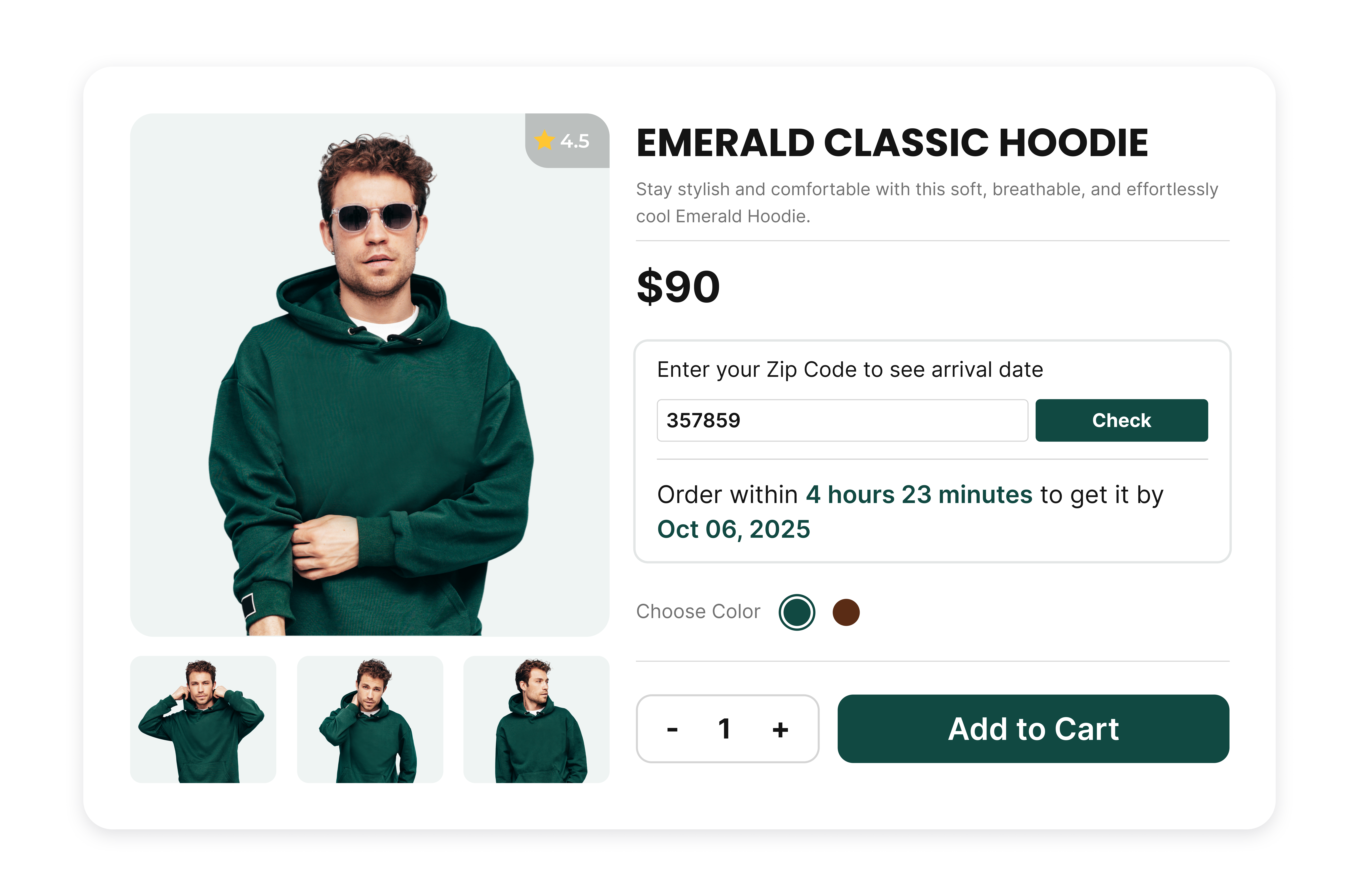
2. Show delivery dates you can actually keep
Use real-time signals to predict ETAs from checkout through delivery. When something changes weather delays, missed scans, carrier hiccups update the delivery status before customers start asking. Proactive updates build trust; silence breeds anxiety.
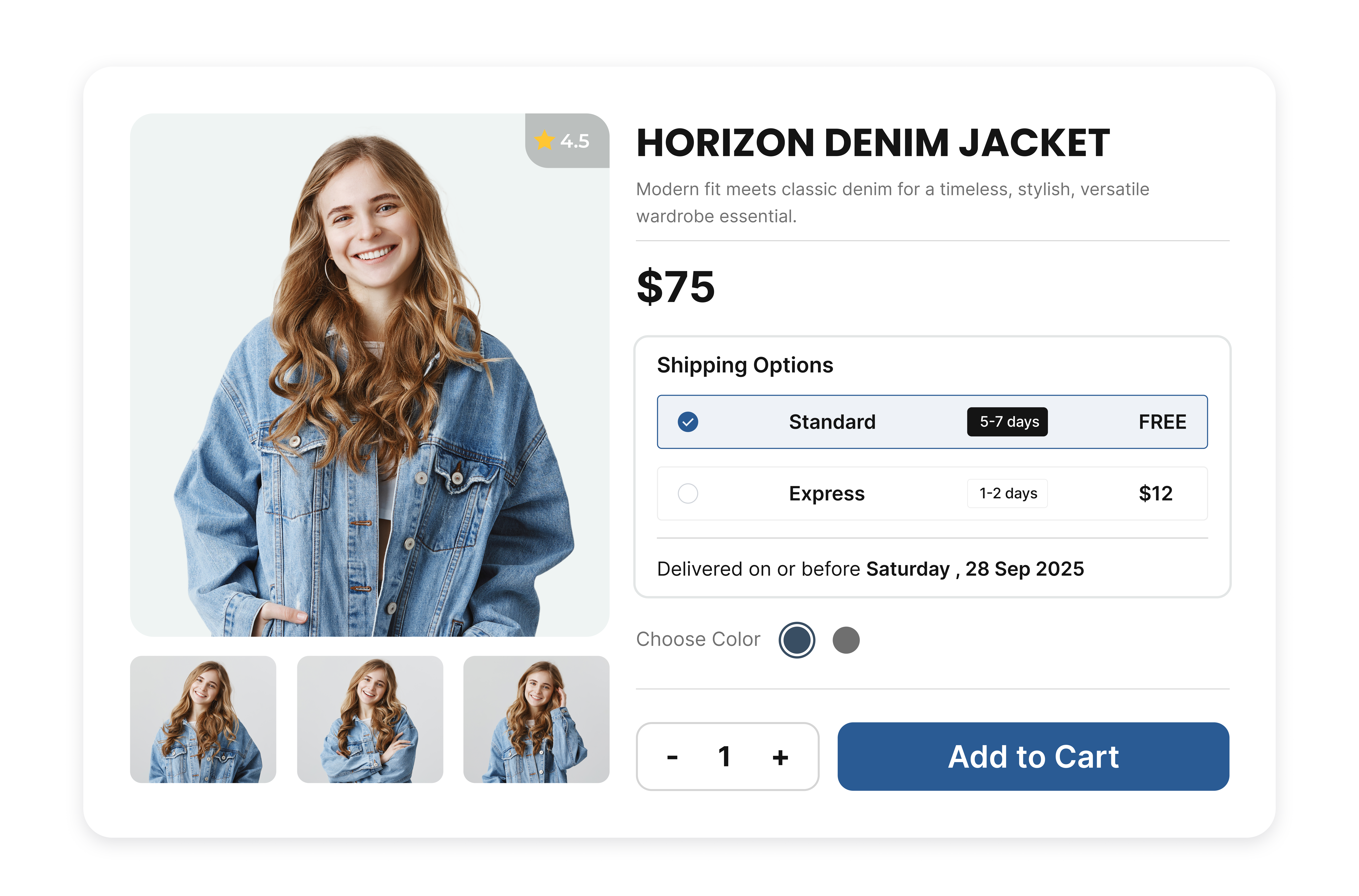
3. Offer real-time tracking with a branded experience
Provide a user-friendly tracking portal that offers live updates. Your branded order-tracking hub should answer questions before they’re asked:
- Live status with a trustworthy delivery date (and a clear reason when it shifts)
- Inline FAQs about delivery windows, signature requirements, customs
- A “report an issue” button that routes by problem type
- Easy access to returns and exchanges without forcing people into a support ticket
Remember: almost everyone checks tracking, and many check daily. Make every visit worth their time.
4. Send proactive alerts
Caught a problem in the tracking data? Tell customers before they notice. “Heads up, your order hit a delay here’s the new window” goes a long way toward keeping trust intact. Use predictive analytics to identify at-risk shipments and alert customers before issues escalate.
5. Automate the repetitive stuff
Free up your customer support team by automating simple WISMO inquiries. Use chatbots, automated email responses, and SMS notifications to provide instant answers about order status and delivery times. Modern AI can handle 20–40% of repetitive support questions right out of the gate. Just make sure your automated responses are friendly and offer the option to escalate to a human when needed.
When peak season hits (and WISMO explodes)
Peak season means shipping volumes spike 2–3x normal levels. Carriers get slammed, transit times stretch, and exceptions multiply. Your support team feels it immediately—WISMO tickets that normally sit at 30% can jump to 50% or more of your queue, right when customers are most anxious and your team has the least capacity to respond.
The move is to get ahead of it. Set up automated status updates for the milestones that matter: order confirmed, shipped, out for delivery, and especially delays. Make sure every post-purchase message has the same tracking link so customers aren’t digging through their inbox. During peak, show realistic delivery windows on your tracking page, optimistic promises just create more tickets when they slip.
After the chaos, review what actually worked. Which automated messages deflected tickets? Where did customers still get stuck? Use that data to strengthen your post-purchase experience for next year.
Tools that actually help
Several technologies work together to tackle WISMO effectively:
Automated notifications: Proactive updates triggered by specific shipping events keep customers informed via email, SMS, and WhatsApp—reducing the need for them to reach out.
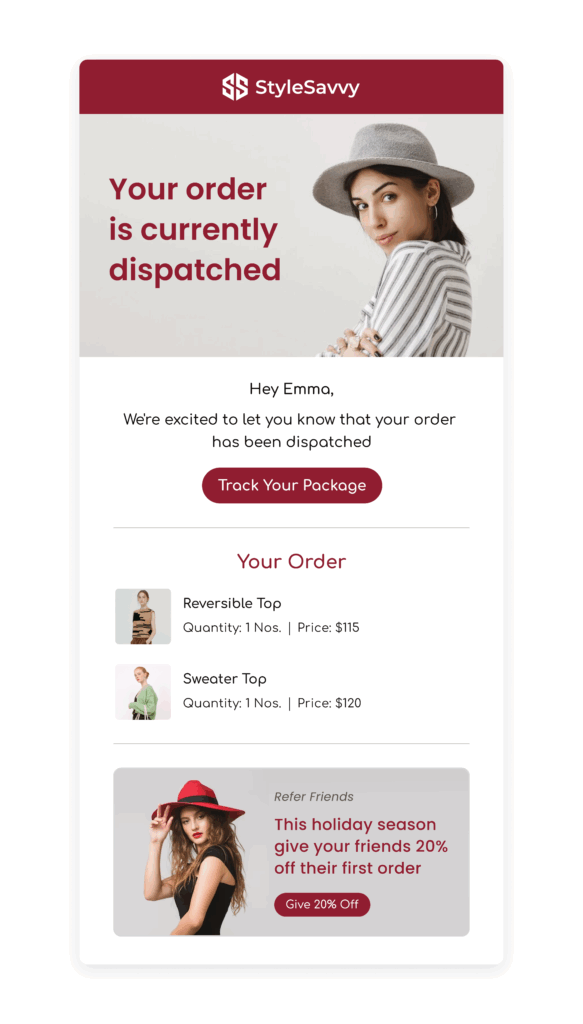
Branded tracking pages: Extend your brand experience beyond checkout with customized tracking portals that include product recommendations and promotional opportunities.
Predictive analytics: Use data to predict delays, identify at-risk shipments, and alert businesses before problems impact customers. Address issues proactively, often before customers even notice.
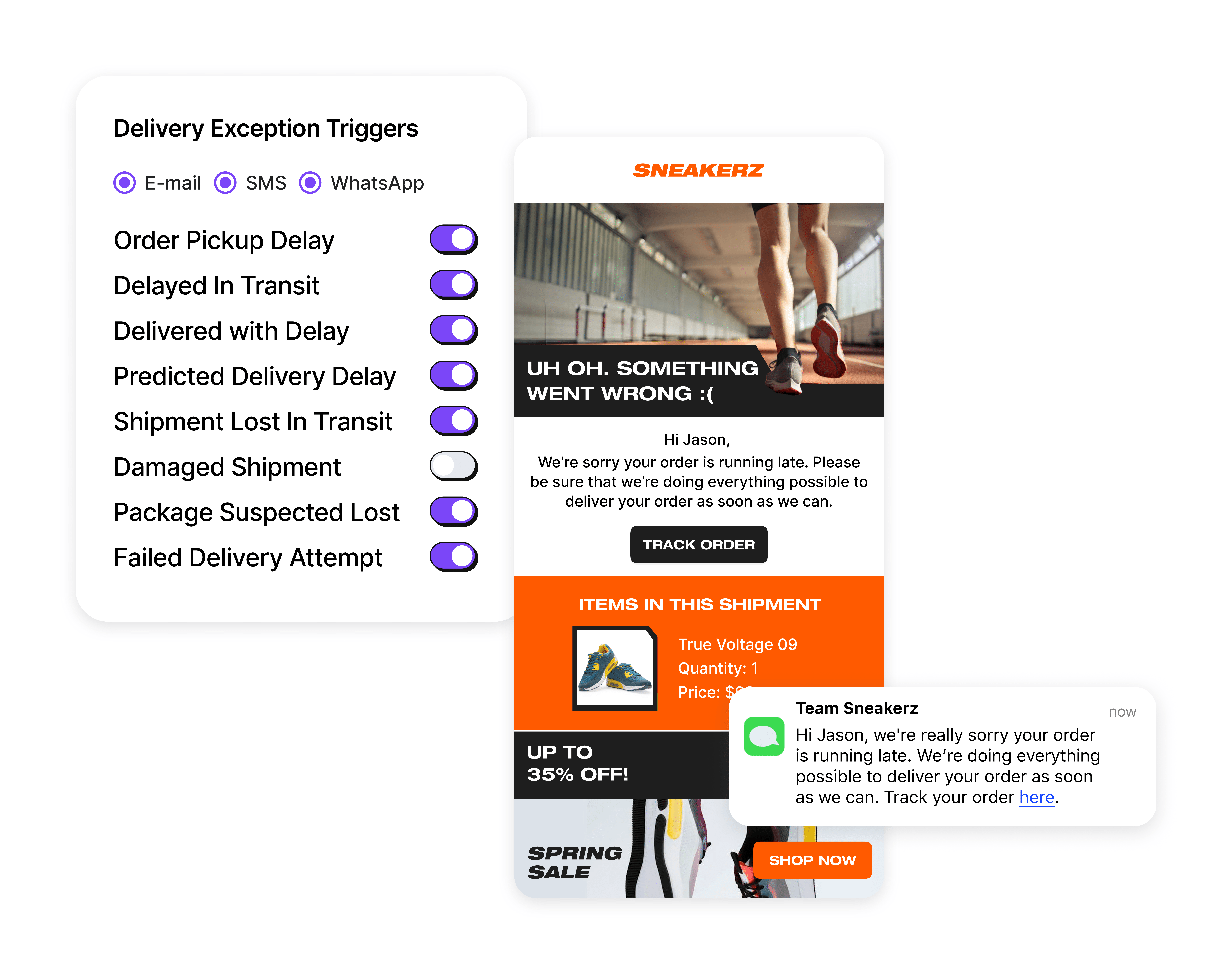
Support integrations: Connect shipping data with your help desk platform so agents can quickly access order information and provide accurate answers when customers do reach out.
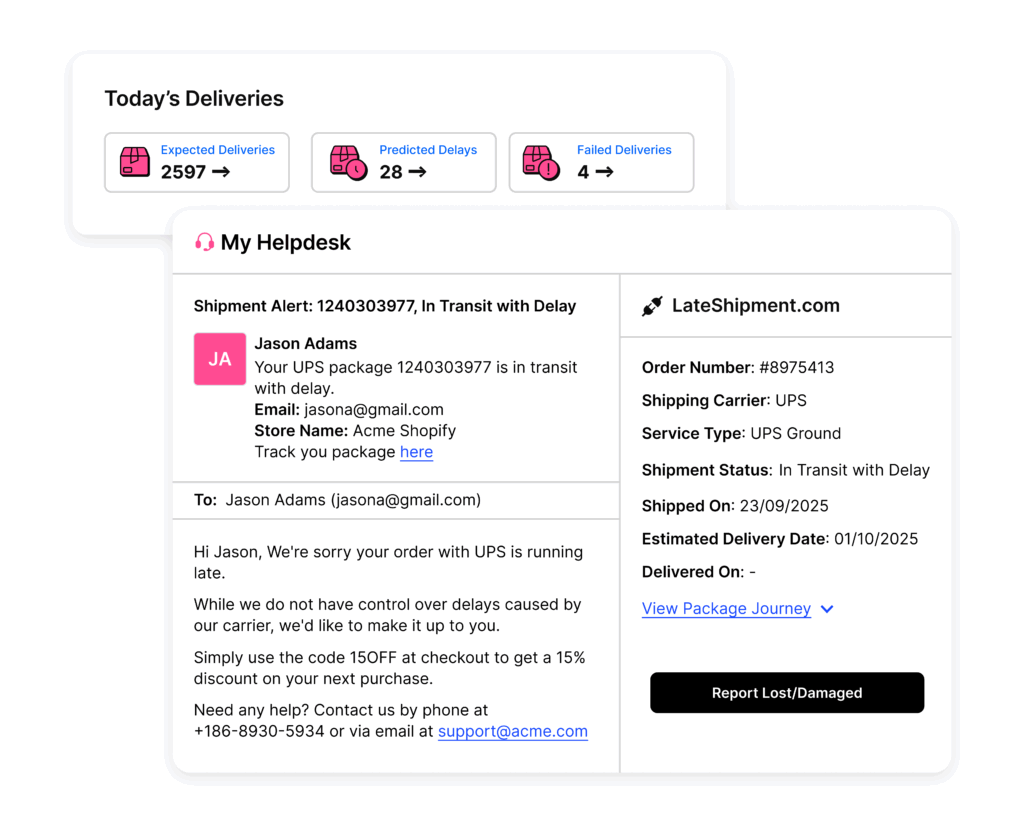
Track what matters
Measure these metrics to know if your WISMO strategy is working
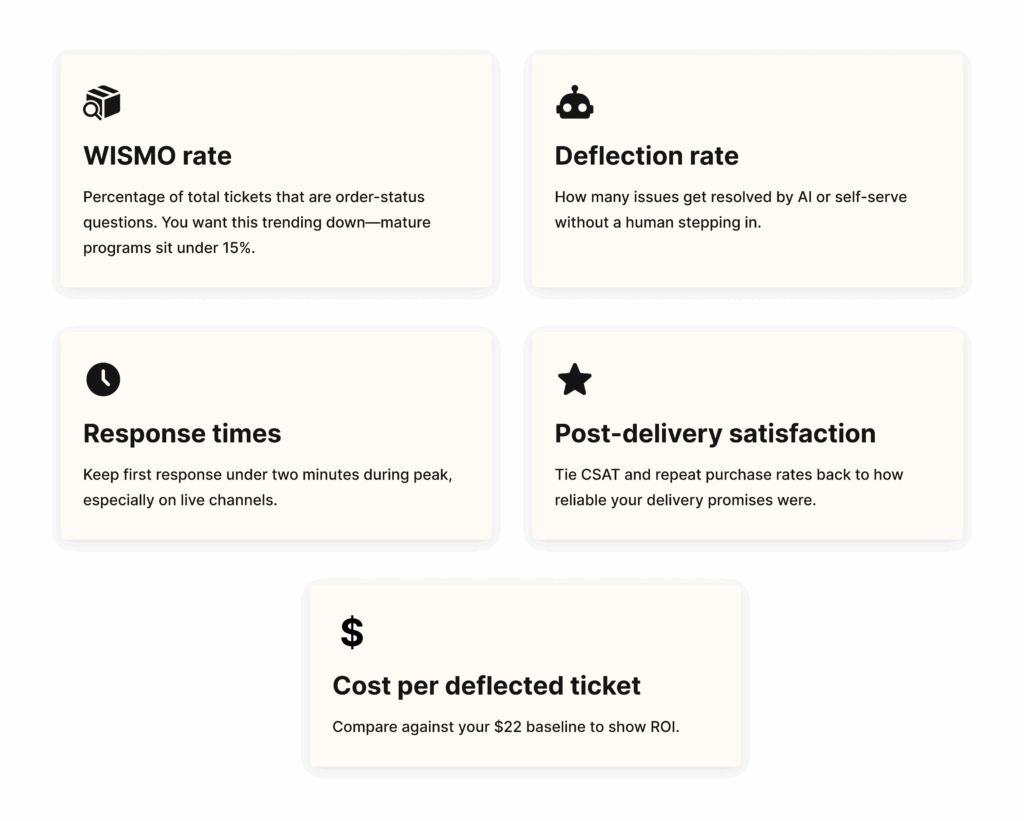
The bottom line
WISMO isn’t going away—people will always want to know where their stuff is. But you can change how much time and money it costs you. Give customers the transparency they’re already looking for, automate the predictable questions, and catch problems before they snowball.
The best WISMO ticket is the one that never gets sent. Build a post-purchase experience that keeps customers informed, and you’ll spend less time putting out fires and more time on the stuff that actually grows your business.


